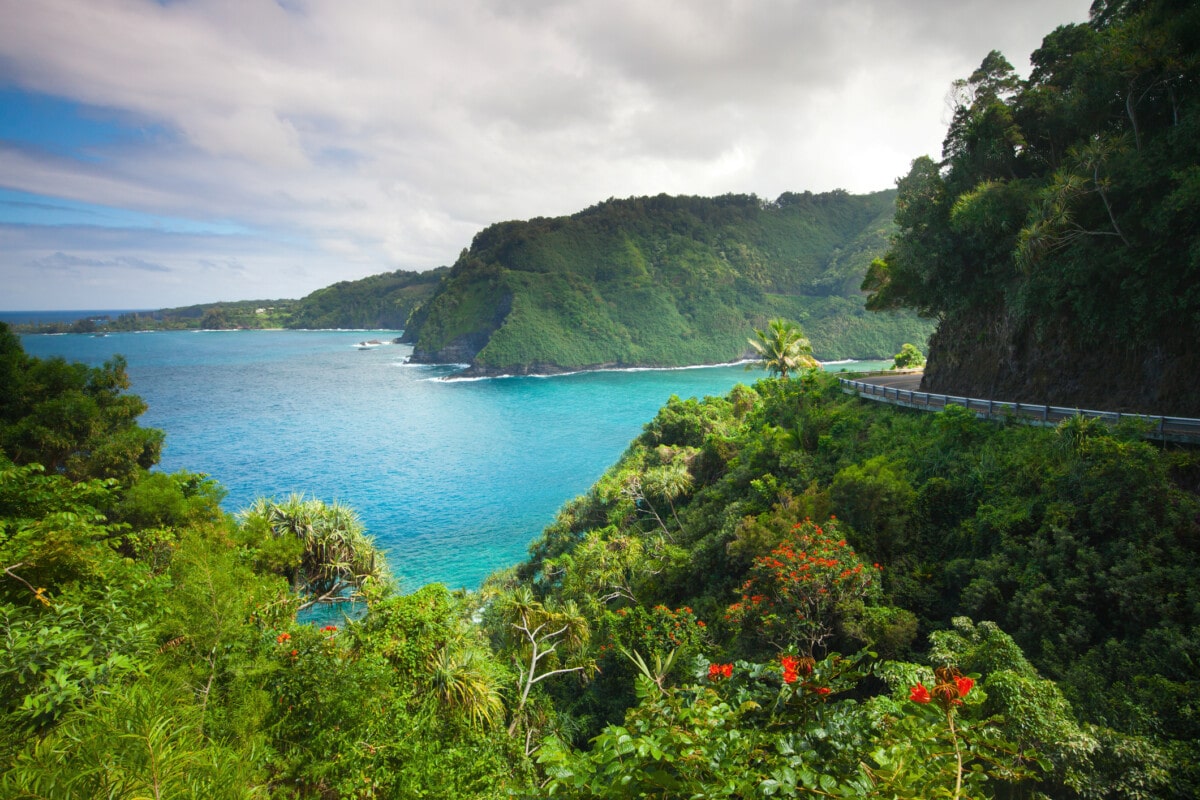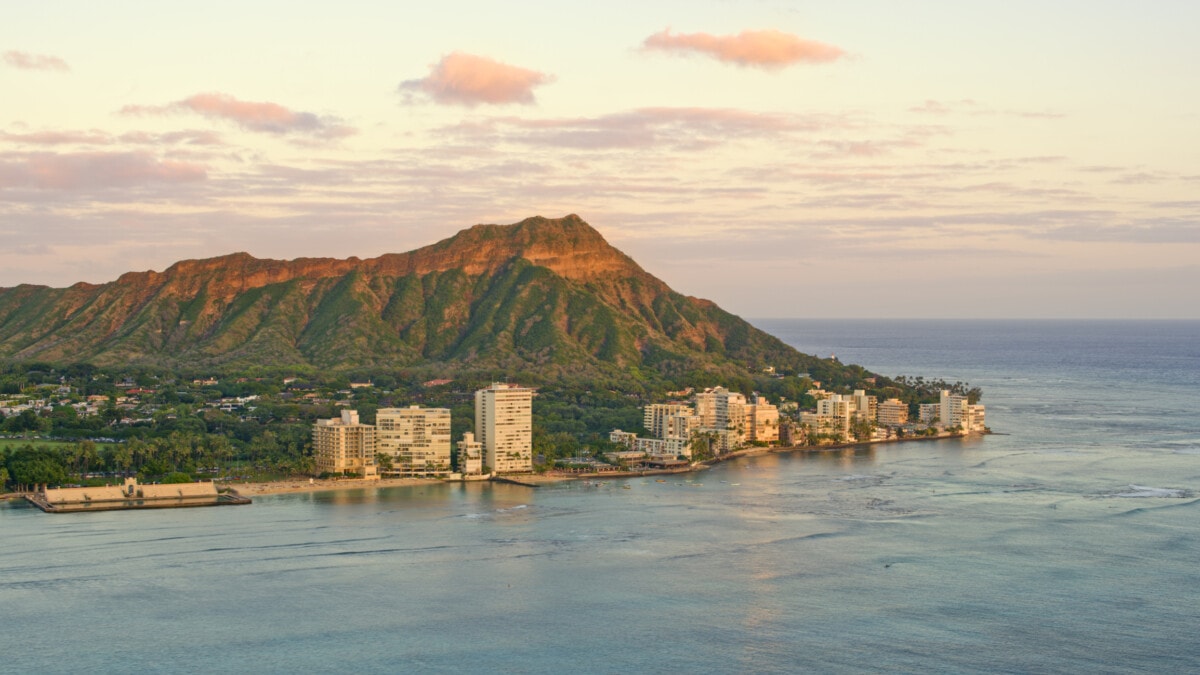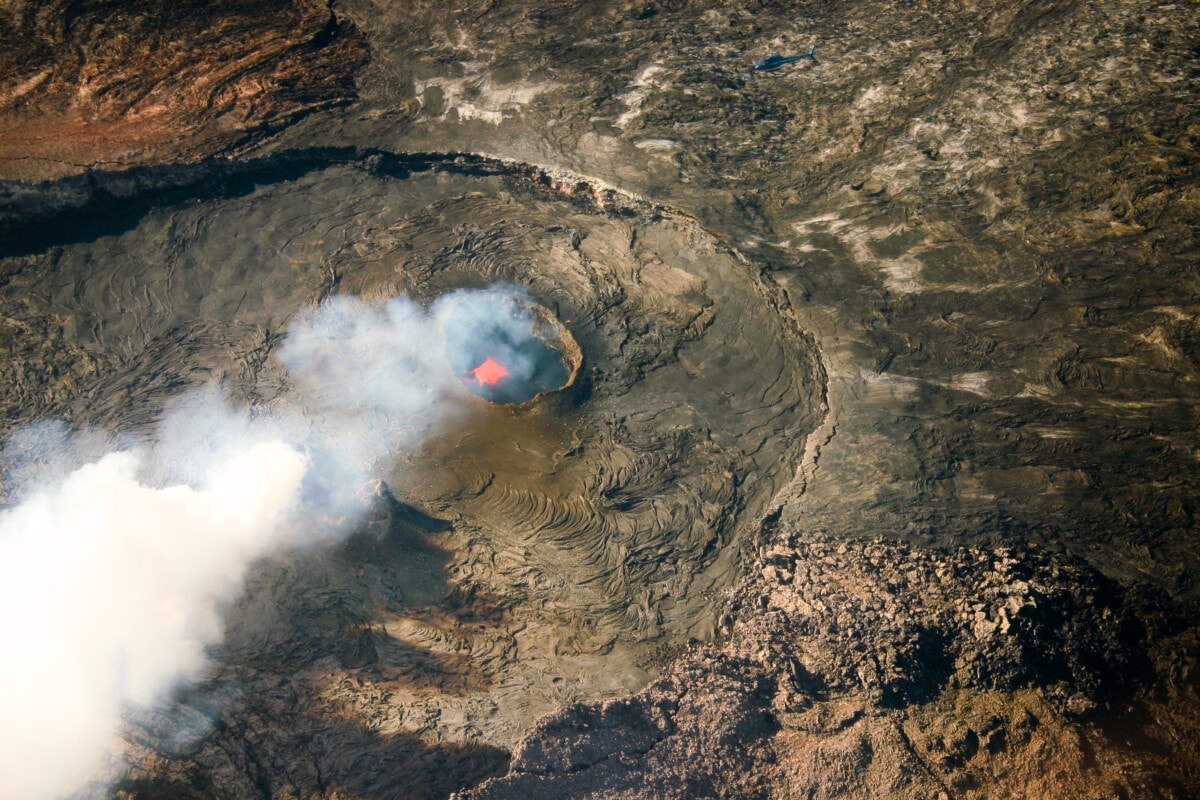10 Pros and Cons of Living in Hawaii

[ad_1]
Hawaii is often portrayed as a tropical paradise with breathtaking scenery, vibrant culture, and a laid-back lifestyle. For those considering moving to the islands, the prospect of living in Hawaii can be exciting and daunting. While there are many advantages to living in Hawaii, such as year-round warm weather, beautiful beaches, and unique culture, there are also some potential downsides to consider. In this article, we will explore the pros and cons of living in Hawaii, focusing on what to expect if you are considering moving there. So whether you’re considering homes for sale in Hawaii or apartments to rent, read on to learn if Hawaii is a good place to live.
Interested in moving to Hawaii? Check out:
Homes for sale in Hawaii | Apartments for rent in Hawaii | Houses for rent in Hawaii

Quick Facts about Hawaii
Is Hawaii a good place to live?
Hawaii is an amazing place to live if you’re looking to live in a year-round paradise and have the means to do so. For many, the appeal is obvious – tropical weather year-round, access to world-class beaches, and a slower pace of life steeped in natural beauty and deep cultural roots. Communities tend to be tight-knit, and there’s a strong emphasis on family, respect, and local traditions. But paradise has its price. The cost of living is among the highest in the nation, with imported goods and housing costs driving up day-to-day expenses. Job opportunities can also be limited depending on your field, and island living can feel isolating for some. That said, those who thrive here usually value nature, community, and a lifestyle that prioritizes balance over hustle.
Hawaii living at a glance
- Nature is part of everyday life: Whether you’re surfing before work or hiking lush volcanic trails on the weekend, the outdoors isn’t just a perk here, it’s the lifestyle. Beaches, mountains, and waterfalls are often just minutes away.
- High cost of paradise: Groceries, housing, and utilities are expensive due to the state’s remote location and reliance on imports. Many residents make trade-offs (i.e. smaller homes, fewer material goods) to afford the lifestyle.
- Island time is real: Services and infrastructure can sometimes feel slower than what mainlanders are used to. Patience and flexibility go a long way.
- Cultural richness and diversity: Hawaii’s unique blend of Native Hawaiian traditions, Asian and Pacific Islander influences, and immigrant cultures creates a distinct local identity. Respect for local customs and history is essential.
1. Pro: Beautiful natural scenery everywhere you look
Hawaii’s natural scenery is breathtaking, and it’s one of the main reasons many people go to the islands. Imagine waking up to crystal-clear waters, palm trees swaying in the breeze, and majestic mountains towering in the distance. The beaches in Hawaii are unlike any other in the world, with soft sand and turquoise waters that are perfect for swimming, snorkeling, and surfing. The islands are also home to lush forests, stunning waterfalls, and rugged coastlines just waiting to be explored. Whether you’re an outdoor enthusiast or appreciate the beauty of nature, living in Hawaii offers endless opportunities to immerse yourself in some of the most spectacular scenery on earth.
2. Con: There is a lot of traffic congestion
A potential drawback of living in Hawaii is traffic congestion, particularly in larger cities such as Honolulu. With limited space and a growing population, traffic can be a significant issue during rush hour and on weekends. This can lead to longer commutes and increased stress for residents navigating congested roads. Additionally, the cost of owning and maintaining a car in Hawaii can be high due to import costs and gas prices.
3. Pro: Relaxed and laid-back lifestyle
Hawaii’s relaxed and laid-back lifestyle is a unique and appealing aspect of island living. The pace of life is slower and more relaxed compared to many other places in the United States, which creates a sense of calm and tranquility. This relaxed way of life allows residents to enjoy greater balance and harmony in their daily lives. Plus, the slower pace of life means you can enjoy the simple things in life, like watching the sunset, having a picnic on the beach, or taking a long hike through the mountains.

4. Con: There are limited job opportunities in Hawaii
One potential drawback of moving to Hawaii is the limited job opportunities compared to larger cities on the mainland. While there are job opportunities in industries such as tourism, hospitality, and healthcare, the job market in Hawaii can be competitive and less diverse than in larger cities. This limited job market can make it challenging for some residents to find employment that aligns with their career goals, and it may also impact the overall earning potential of those who can find work. For those considering a move to Hawaii, it’s essential to research the job market and ensure that there are viable employment opportunities in their field before making a move. However, keep in mind that Hawaii’s unemployment rate (2.9%) falls below the national average (4.2%).
5. Pro: Plenty of access to fresh and local food
With a year-round growing season and a robust agricultural industry, Hawaii has an abundance of fresh fruits, vegetables, and other locally sourced foods. Residents can enjoy various delicious and healthy options, from exotic tropical fruits like papaya and mango to locally caught fish and seafood. The islands also have many farmer’s markets and food festivals where you can sample the best of Hawaii’s culinary offerings. In addition, many restaurants in Hawaii prioritize using locally sourced ingredients, which supports the local economy and promotes sustainability.

6. Con: Living in Hawaii is expensive
One of the greatest challenges of living in Hawaii is the high cost of living. The islands are popular tourist destinations, which drives up the cost of housing, food, and other essential goods and services. In particular, housing can be prohibitively expensive, with a median home sale price of $742,600. According to a recent study, the median household income needed to purchase a typical home in Hawaii is $235,638.
Additionally, goods that need to be imported, such as gas and other everyday necessities, can also be pricey. The high cost of living in Hawaii can make it difficult for some residents to make ends meet, and it can also impact the overall quality of life for those struggling to keep up with expenses. However, there are some affordable places to live in Hawaii.
7. Pro: Strong commitment to the environment
Hawaii’s strong commitment to environmental consciousness is one of the many benefits of living on the islands. Hawaii has long been a leader in sustainability initiatives, implementing programs to reduce waste, promote renewable energy, and protect natural resources. The islands have also been at the forefront of the movement to combat climate change. With their clean energy initiative, they aim to reduce greenhouse gas emissions and transition to 100% clean energy by 2045.

8. Con: Hawaii is prone to natural disasters
Living in Hawaii comes with the risk of natural disasters, including hurricanes, earthquakes, tsunamis, and volcanic eruptions. The islands are in the Pacific Ring of Fire, with high volcanic and seismic activity. In addition, Hawaii’s tropical climate can bring severe weather events such as heavy rainfall, flooding, and landslides. While the state has effective emergency management systems, these natural disasters can be unpredictable and devastating. They can lead to property damage, loss of life, and significant disruptions to daily life. Creating an emergency evacuation plan for your home is essential to keep you safe.
9. Pro: There is warm weather year-round
The warm weather in Hawaii is one of the most appealing aspects of living on the islands. With average temperatures from the mid-70s to mid-80s degrees Fahrenheit, you can enjoy a tropical climate all year round. This means you can spend your days lounging on the beach, hiking through the rainforest, or strolling outside any season. The consistent warmth and sunshine also make it easy to stay active and healthy, as you can enjoy outdoor activities like swimming, surfing, and yoga no matter the season. Plus, you’ll never have to worry about scraping ice off your car or bundling up in heavy winter gear like in colder climates. In Hawaii, the warm weather creates a relaxed and carefree atmosphere that will make you feel right at home.

10. Con: Hawaii is far from the rest of the nation
Due to its remote location in the Pacific Ocean, it can be more difficult and expensive to travel to and from Hawaii than other states. Residents may face longer flight times and higher airfare costs when traveling to the mainland or other destinations. This distance from the mainland can also delay receiving goods and services, which can challenge businesses and individuals.
FAQs about living in Hawaii
What’s it like living in Hawaii?
Living in Hawaii means trading fast-paced city life for natural beauty, a strong sense of community, and a slower, more intentional lifestyle. Days often start early, with morning surf sessions, coffee on the lanai, or a walk along the beach. People are friendly and community-minded, and there’s a strong sense of respect for the land and local culture. It’s common to see neighbors sharing fruit from backyard trees or gathering for potlucks and beach barbecues. The weather is warm year-round, so daily life naturally leans outdoors—whether it’s hiking lush trails, paddling out after work, or catching the sunset with friends. The vibe is casual, welcoming, and rooted in appreciation for simple, meaningful moments.
Is it expensive to live in Hawaii?
Yes, living in Hawaii comes with a hefty price tag. Everything from housing to groceries costs more, largely because most goods have to be shipped in. The median home price is well above the national average, and rent can be steep, especially on Oʻahu and Maui. Daily expenses like gas and electricity also run higher than what you’ll find on the mainland. Still, many residents feel the unique lifestyle, climate, and scenery are worth the extra cost.
Do you need a car to live in Hawaii?
In most areas, yes. Public transportation is available on some islands, like TheBus on Oʻahu, but many residents rely on cars for convenience, especially on Maui, Kauaʻi, and the Big Island where public transit is more limited. Hawaii’s most walkable city is Honolulu, which is only somewhat walkable with a WalkScore of 66.
What’s the climate like year-round?
Hawaii has a tropical climate with warm temperatures year-round, typically between 75–85°F. There’s a rainy season from November to March, but even then, sunshine is still frequent depending on the island and region.
Which island is the best to live on?
It depends on what you’re looking for. Oʻahu offers the most jobs, public transit, and city conveniences. Maui is more laid-back with beautiful beaches and a slower pace. The Big Island tends to be more affordable and spacious. Kauaʻi is lush and quiet, ideal if you’re after rural living. Each island has its own rhythm – what’s “best” comes down to your lifestyle and budget.
What are the biggest challenges of living in Hawaii?
Aside from the high cost of living, one of the biggest challenges is isolation. Being in the middle of the Pacific Ocean, travel to and from the mainland can be expensive and time-consuming.
[ad_2]
Source link









